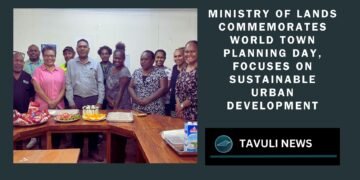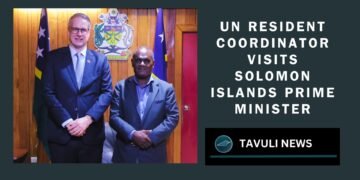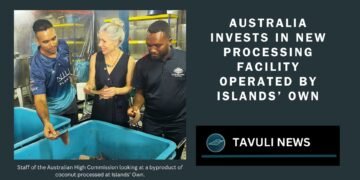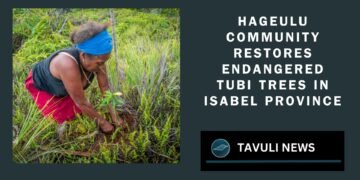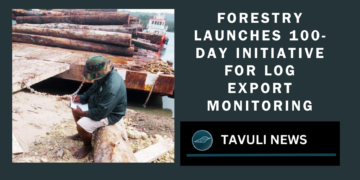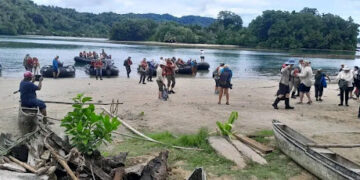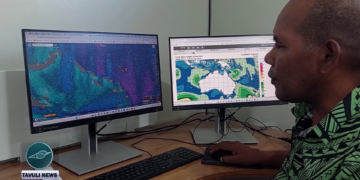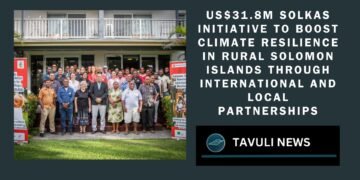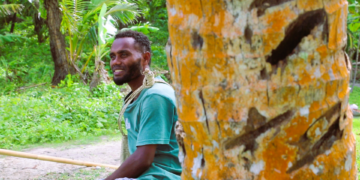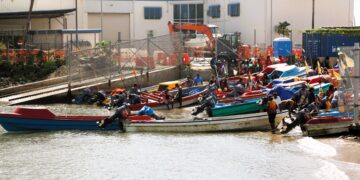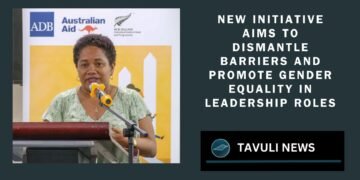Assessment of 170 children in Honiara reveals high rates of child labour and street living – urgent need for comprehensive action
A recent rapid assessment on the situation of children working, walking, and living on the streets in Honiara, Solomon Islands, has unveiled concerning insights into the hardships faced by vulnerable children in the city. The survey, which initially aimed to interview 150 children, ended up interviewing 170 over seven days, shedding light on a significant issue among the young population.
The assessment included 115 boys and 55 girls, all under the age of 18. The findings revealed a stark contrast in educational engagement. Three children were in kindergarten, 76 in primary school, 47 in secondary school, two in literacy programs, and 42 had either discontinued their education or lacked access to schooling entirely.
Out of the 170 children interviewed, 60 were found to be working in the informal sector. This included 38 boys and 22 girls, with the youngest worker being just six years old. The survey also uncovered alarming instances of child exploitation: five girls were involved in commercial sexual exploitation (CSEC), and three boys were engaged in the worst forms of child labour. Additionally, 95 children were identified as walking the streets, with 15 living on them. Most of those working in informal jobs were under 14 years old, highlighting a recurring issue identified in a 2017 International Labour Organization (ILO) report on child labour in Honiara.
Among the girls engaged in CSEC, five were between the ages of 11 and 18. Notably, 13-year-old twins, who began engaging in CSEC at age 11, were among those affected. The majority of these girls had never attended school or were out of school, reflecting severe educational disparities.
The survey also revealed that many children were involved in hazardous work. This included activities such as loading and unloading cargo, construction, scavenging, and mechanical work. The absence of a formal hazardous child labour list in Solomon Islands complicates the identification of hazardous work, with benchmarks focusing on age, work nature, and duration.
The report highlighted several key factors contributing to these issues, including neglect and abuse at home, financial strain pushing children into work, peer pressure and boredom driving younger children to street activities, and family separation or socioeconomic challenges influencing older children.
The study also revealed that 90 percent of the interviewed children are unaware of the full scope of risks associated with their situations. While they recognize physical dangers such as traffic accidents, they often lack awareness of health risks, potential for sexual exploitation, and available support services.
The findings emphasised an urgent need for comprehensive action. Stakeholders, including the government, NGOs, community organizations, and faith-based groups, are called to develop advocacy strategies, review legislation and policies, enhance support services, and foster collaboration to implement child protection measures.
With Solomon Islands classified as a Tier Two country in the 2023 Trafficking in Persons (TIP) Report, there is a pressing need for a coordinated national action plan to combat human trafficking, CSEC, and other forms of child abuse. The situation demands a collective effort to safeguard the well-being of children and ensure their rights and futures are protected.
You can read the full report here: https://www.unicef.org/pacificislands/media/4621/file/2024-SLB-Final%20Publication-Situation%20of%20Children%20Working,%20Walking%20and%20Living-CP.pdf.pdf




